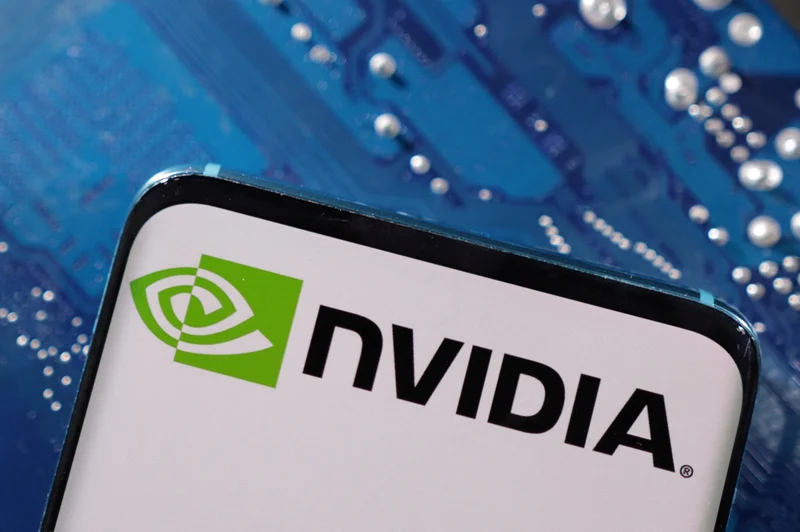XLM Insight | Stellar Lumens News, Price Trends & Guides
XLM Insight | Stellar Lumens News, Price Trends & Guides
Jensen Huang, the face of Nvidia, dropped a number: $500 billion. That's the supposed demand for their Blackwell and Rubin chips stretching into 2026. The market reacted predictably – a surge to new highs. But let's dissect this figure, shall we? Because a half-trillion-dollar claim deserves more than a knee-jerk reaction.
First, the timeline: five quarters. $500 billion over five quarters translates to $100 billion per quarter. Nvidia's trailing-12-month revenue, through fiscal Q2, sits at $165 billion. To hit Huang's implied demand, they'd need to more than double their current revenue run rate almost immediately. Is that plausible? The current consensus estimate has Nvidia reaching $278 billion next year. That's a significant jump, yes, but still falls far short of the implied $400 billion annual run rate needed to meet this "demand."
Now, about this "demand." What exactly does that mean? Is it binding contracts? Verbal agreements? Wishful thinking fueled by AI hype? Details remain scarce. We know Nvidia is investing $1 billion in Nokia for AI-powered telecom and working with Oracle on an AI supercomputer for the Department of Energy. These are concrete projects, but they hardly account for the entire $500 billion. It's more likely a projection of potential market size, not firm orders in hand. (This is a crucial distinction often lost in the breathless reporting.)
Investors are also murmuring about increasing competition. Custom AI chip designers are nipping at Nvidia's heels. Large language models need massive computing power, and companies are increasingly looking to tailor their hardware to specific workloads. This reduces their reliance on Nvidia's general-purpose GPUs. The rise of custom silicon is a real threat to Nvidia's dominance, and it could put a damper on their future growth.

The stock price hovers around $200 (currently $202.49, up a minuscule 0.00% today, or $0.40). The forward price-to-earnings multiple is 33. That's a premium valuation, reflecting high growth expectations. But if that $500 billion demand doesn't materialize as rapidly as the market expects, that multiple could quickly contract. (And that, my friends, is where the pain begins.)
I've looked at hundreds of these earnings reports and analyst presentations. The level of vagueness around this “demand” is unusual, to say the least. Usually, companies like to brag about their backlog, not just the potential market size. Why the reticence? Could it be that the actual backlog is significantly lower than the projected demand?
So, what are we left with? Nvidia is undoubtedly a powerhouse in the AI space. Their revenue growth has been impressive (up 56% year-over-year in fiscal Q2). But Huang's $500 billion figure should be taken with a hefty grain of salt. It's a target, a hope, a best-case scenario—not a guaranteed outcome. And relying on projections instead of actual numbers? That's a recipe for a correction.
The market is pricing in near-perfection. This leaves little room for error and creates a significant risk for investors. The market is behaving like a teenager with a new car: excited, confident, and completely oblivious to the potential for a fender-bender.